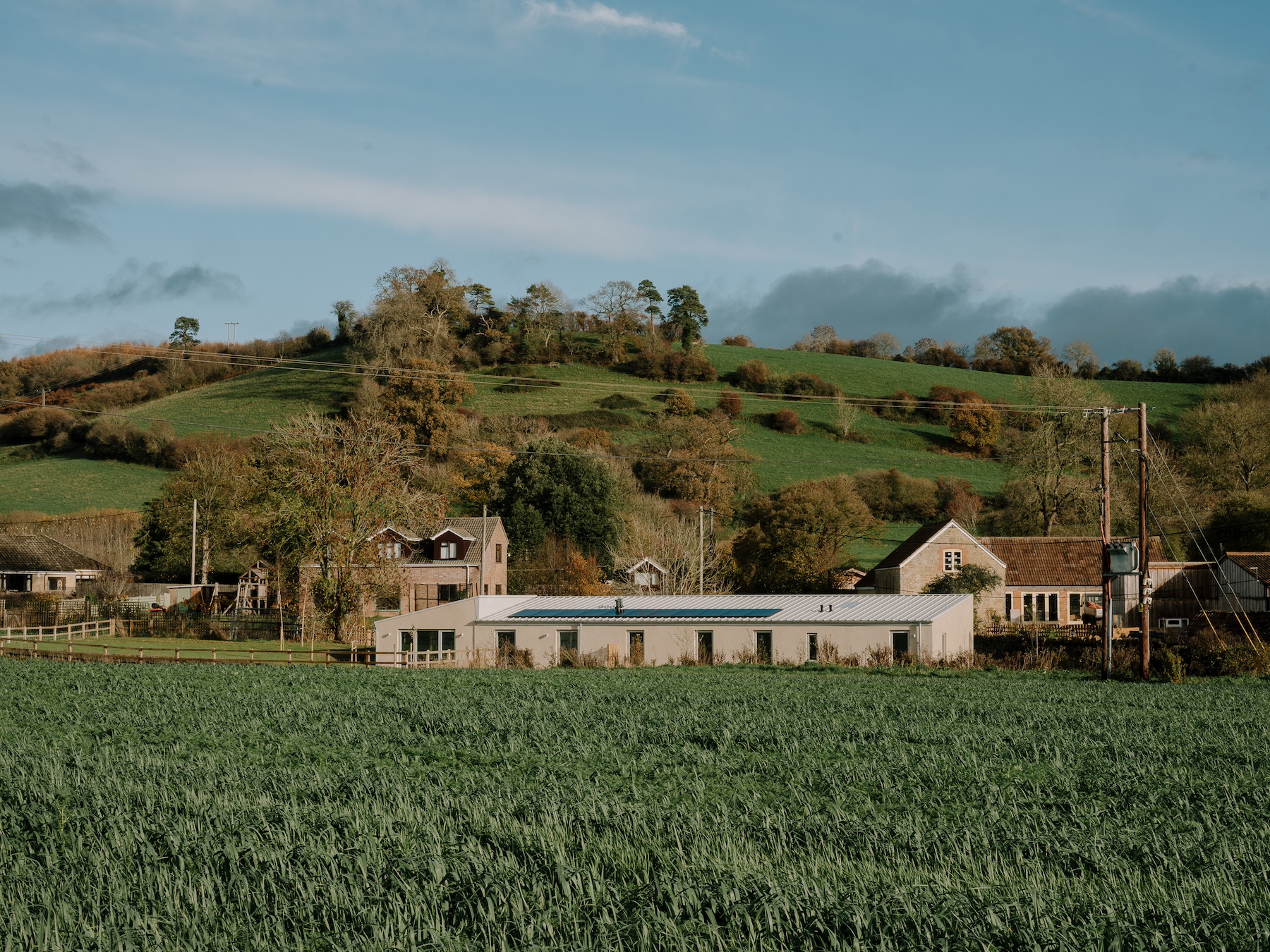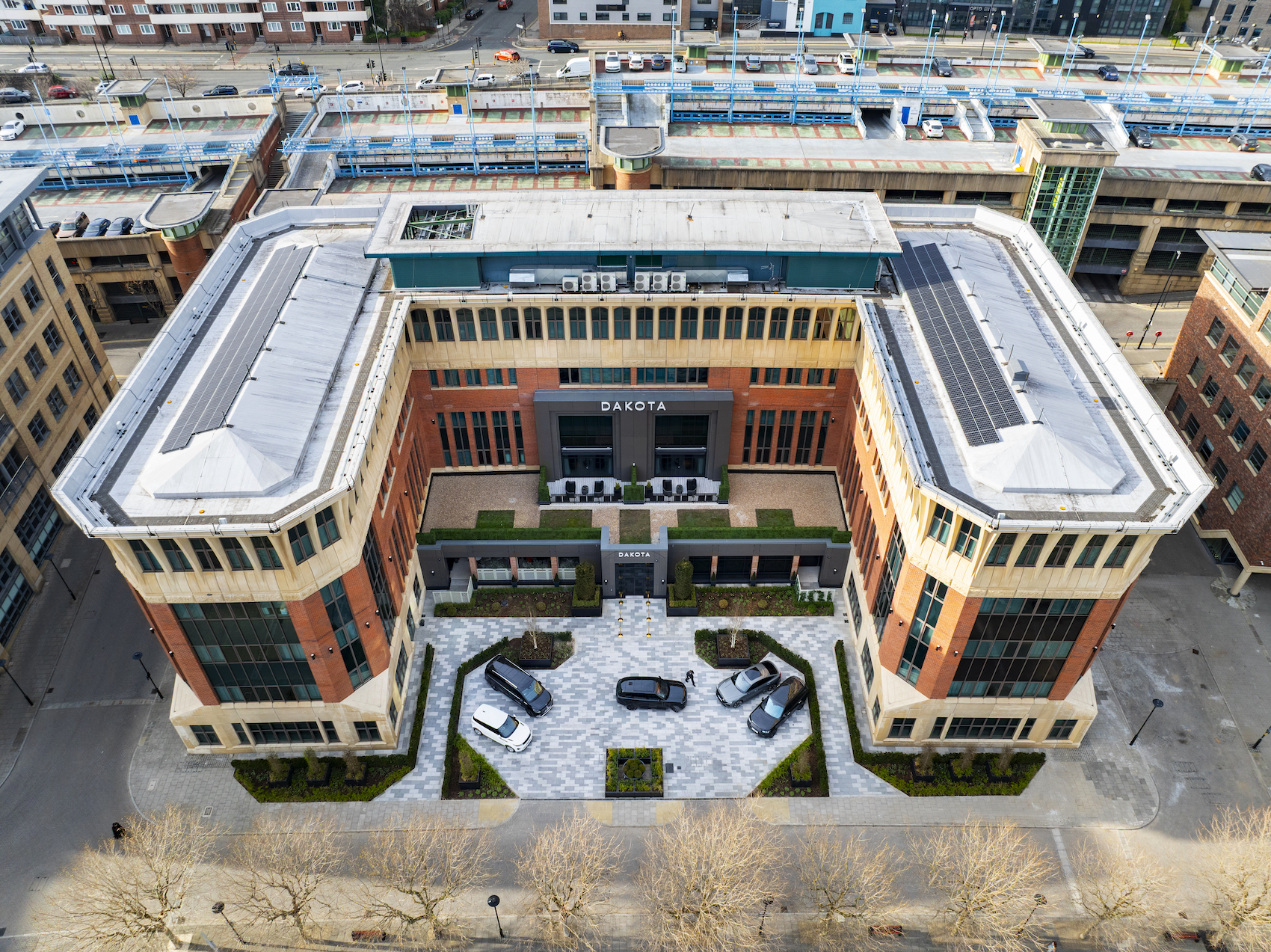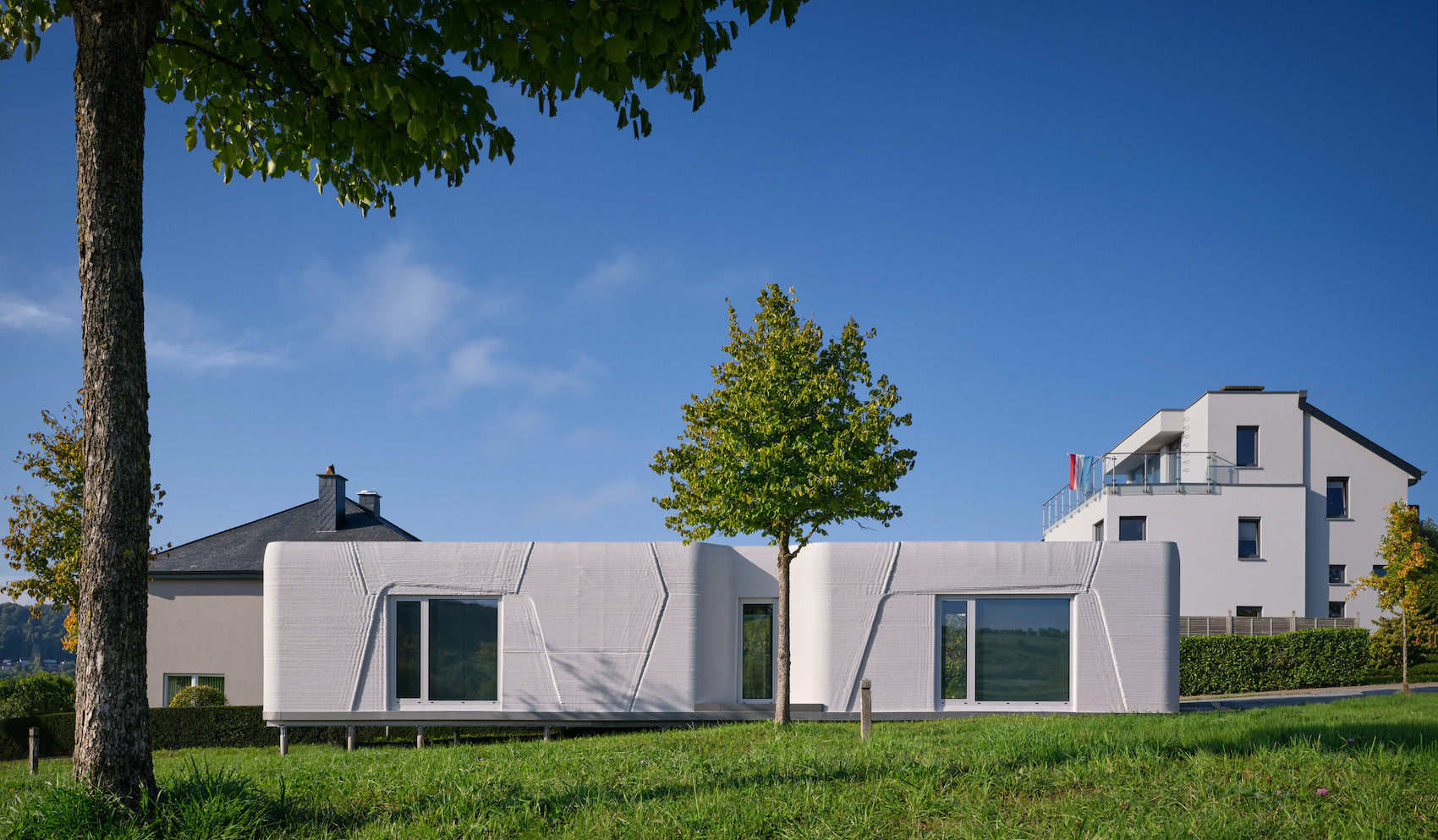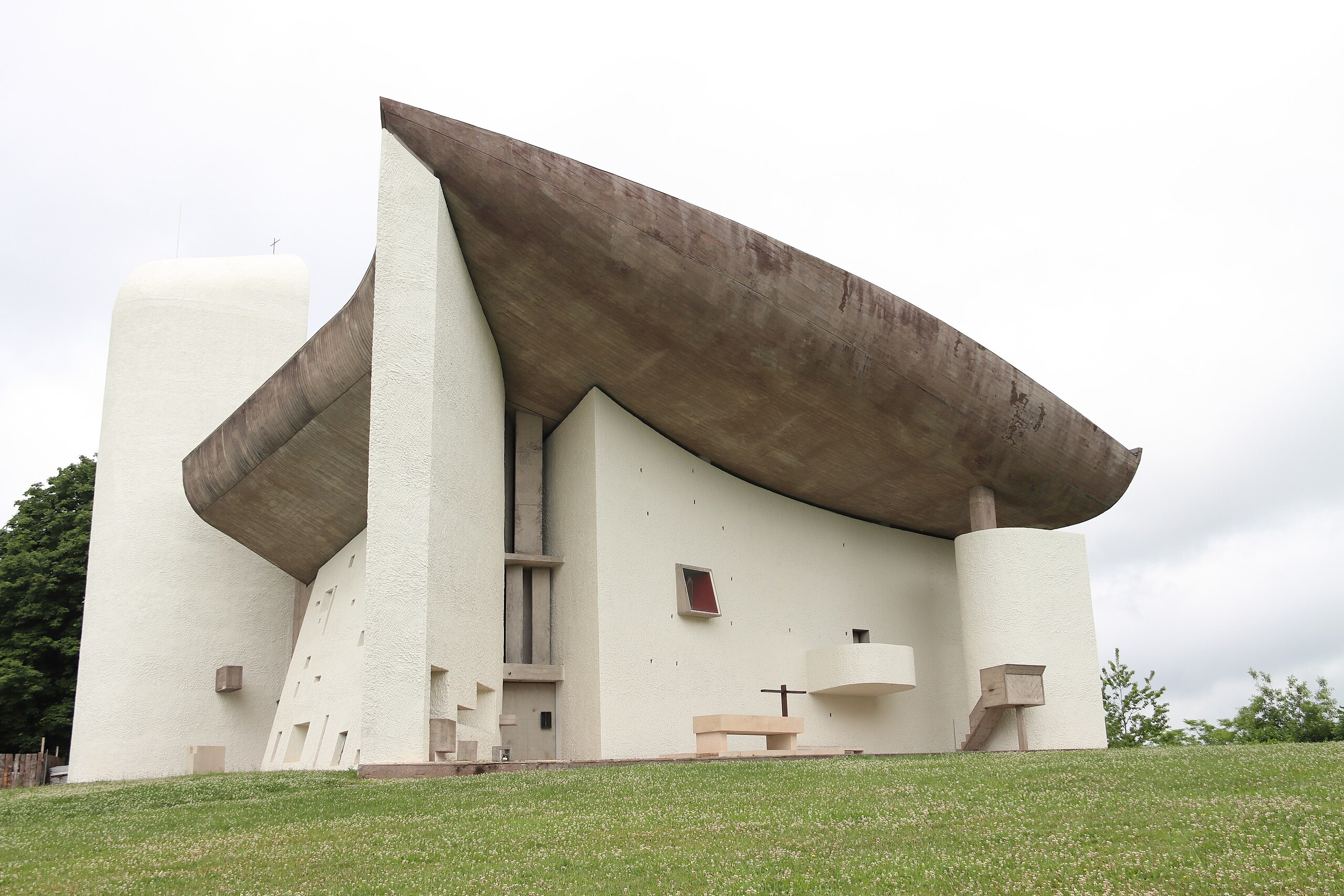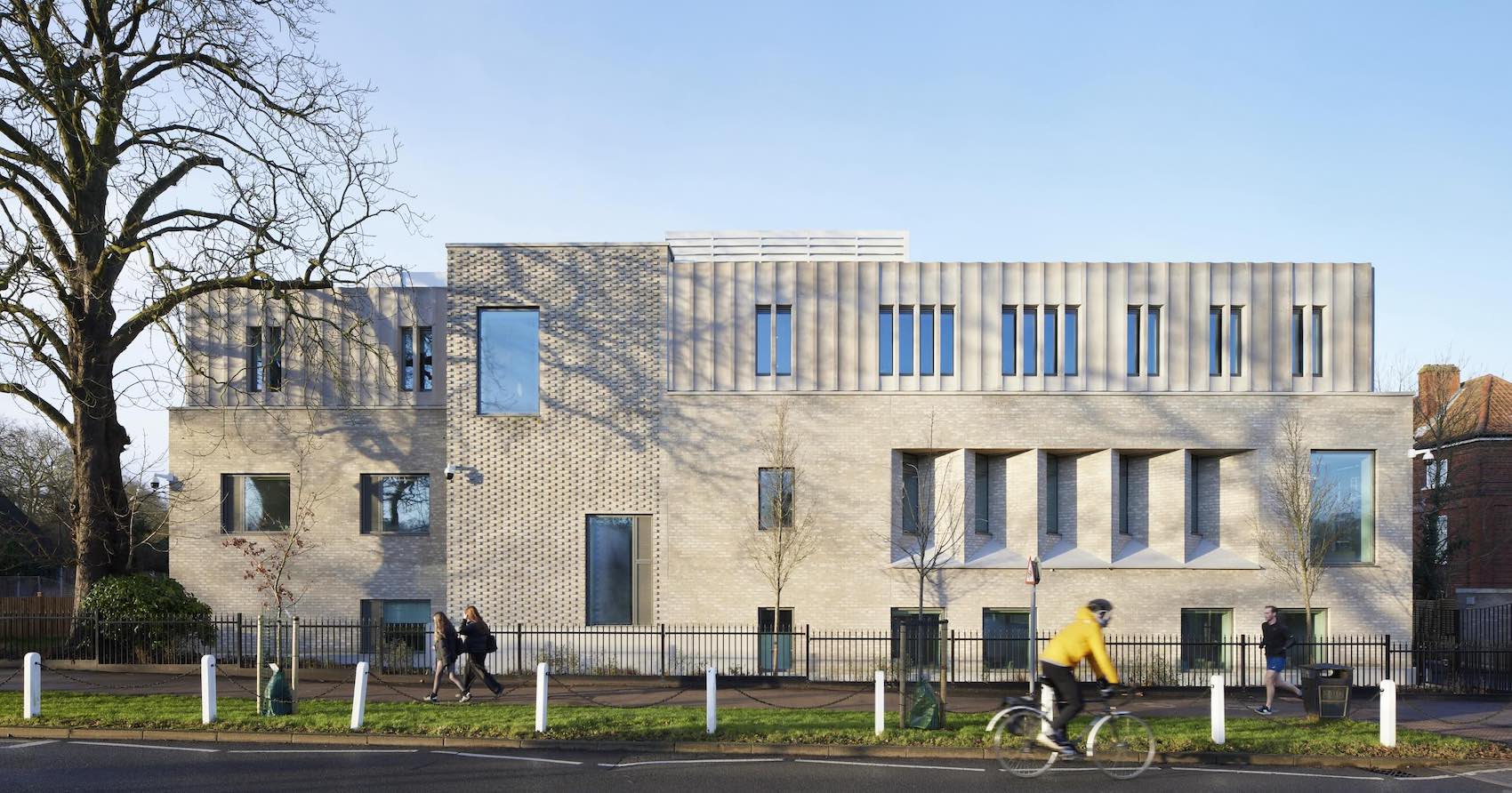Foster + Partners has been selected to design the national memorial to Queen Elizabeth II in St James’s Park, London. Norman Foster spoke to AT about his practice’s approach to the project.
Chosen from a shortlist of five finalist teams, Foster + Partners’ winning concept symbolically reflects the late Queen’s life through a unifying masterplan comprising two gates, two gardens and a new translucent bridge inspired by her wedding tiara. The scheme looks to balance tradition and modernity while celebrating Queen Elizabeth’s legacy of service, continuity and change.
The project includes spaces for contemplation and gathering, artistic installations, and a new civic area known as Queen Elizabeth II Place. Designed with minimal impact on the park’s biodiversity, the project will be delivered in phases and formally unveiled in 2026, coinciding with what would have been Her Majesty’s 100th birthday. The project team also includes artist Yinka Shonibare, landscape architect Michel Desvigne, and other leading consultants across heritage, accessibility, ecology and engineering.
How did you interpret Queen Elizabeth II’s legacy architecturally — and how is that reflected in the composition of gates, gardens, and bridge?
Her Majesty loved history and tradition, so this is reflected in the inspiration of the original design of St James’s Park by Sir John Nash. Some of his principles have survived, whilst others have been lost and will be restored, creating a family of gardens joined by gently meandering paths and the new bridge at the heart of the masterplan.
The Queen’s reign encompassed periods of significant change – socially and technologically – which she negotiated with incredible composure and stability. Our timeless design will heighten the experience of the park, but still feel familiar to visitors. With a serene and contemplative atmosphere, there will be opportunities to rediscover – or perhaps for some to discover – the legacy of Her Majesty.
Can you elaborate on the symbolism of the translucent bridge as a unifying element in the design? And can you also expand on the cast-glass balustrade and its reference to Queen Elizabeth’s wedding tiara? How was this material chosen and what technical challenges does it pose?
The bridge is symbolic of Her Majesty as a unifying force, bringing together nations, countries, the Commonwealth, charities and the armed forces. The jewel-like crossing is carefully crafted, with a cast-glass balustrade that captures and reflects daylight.
The high-performance structure is absolutely flat and gently hugs the surface of the lake. There will be no heavy building work or big excavations that destroy the park’s biodiversity – we have discreetly stretched the boundaries of art and technology with a deliberately light-touch intervention.
A phased approach to construction will ensure that the precious route across the water will never be closed.
How did working with Yinka Shonibare and Michel Desvigne influence your work?
We have worked with a brilliant team of experts to develop the design concept, including Yinka and Michel. It has been a great creative process. The memorial features a series of landscaped gardens and artistic installations that celebrate the United Kingdom and the global Commonwealth. The figurative works will be created by an artist, who will be selected by the organisers in consultation with us.
Did your personal interactions with Queen Elizabeth II inform aspects of the design?
Like many, I knew the Queen through formal occasions, but there was also a very special relationship between Her Majesty and those of us who were members of the Order of Merit. We were privileged to witness a more informal aspect of Her Majesty – and in many ways this is mirrored in our design.
In what ways does the project re-engage with Sir John Nash’s original vision for St James’s Park – and how were restoration priorities determined?
The themes of formality and informality were also present in the earliest designs of Sir John Nash, who created the formal axial route to Buckingham Palace along The Mall and re-landscaped St James’s Park with a more informal curving lake and meandering paths. Our design brings back the intention of Nash’s original vision – and perhaps breaks down those barriers in terms of narrative storytelling.
How do you hope the memorial will be experienced by different generations – from those who lived through the Queen’s reign to those encountering her story for the first time?
One of our central aims was to appeal to the widest possible range of people. The memorial reaches across all ages and interests – and communicates the common values that Her Majesty promoted. Immersive gardens, abstract and figurative sculptures, and artworks will tell the extraordinary story of our longest-serving monarch.












